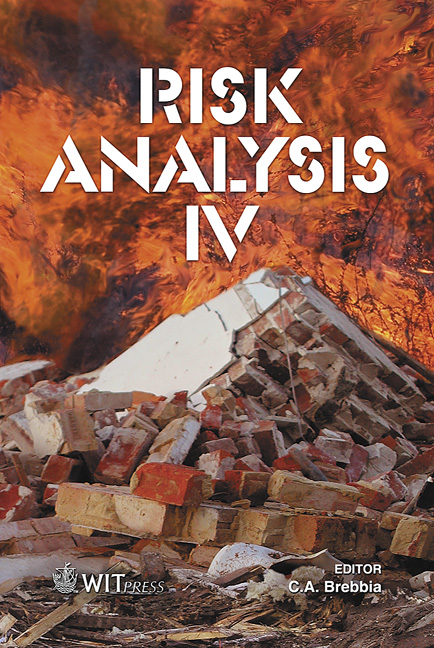Sea Level Rise Scenarios Induced By Climate Change, And Their Consequences For The Estonian Seacoast
Price
Free (open access)
Transaction
Volume
77
Pages
11
Published
2004
Size
694 kb
Paper DOI
10.2495/RISK040291
Copyright
WIT Press
Author(s)
Ü. Suursaar, A. Kont, J. Jaagus, K. Orviku, U. Ratas, R. Rivis & T. Kullas
Abstract
Due to the low-lying land, the gently sloping coasts and the virtual absence of tides, the flooding generated both by local storm surges and the climatologically induced global sea level rise will increasingly affect the Estonian coastal zone. Both the static as well as the dynamic aspects of the sea level rise are studied and their consequences are discussed. Recession of the shoreline due to different global sea level rise estimates is investigated, taking into account the isostatic land uplift of the Baltic Sea region. Meteorological forcing time series (NAOindices, local wind and storminess data etc.) are analysed and the sea levels are dynamically modelled in the Estonian coastal sea using a 2D hydrodynamic model with 1 km grid-step. Increased storminess, in addition to the sea level surge events, will favour the destruction of the shores and harbour facilities. Keywords: floods, storm surges, climate change, hydrodynamic models. 1 Introduction Climate change – global warming, changes in precipitation and increasing storminess – is expected to have a significant impact on natural environment and human activity in high latitudes [1,2]. The warming due to enhanced greenhouse effect is supposed to have some positive influences on Estonia, but there are some major threats as well. They are connected with the sea-level rise and the
Keywords
floods, storm surges, climate change, hydrodynamic models.





